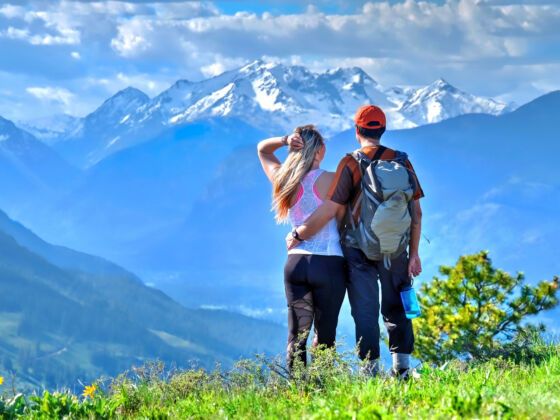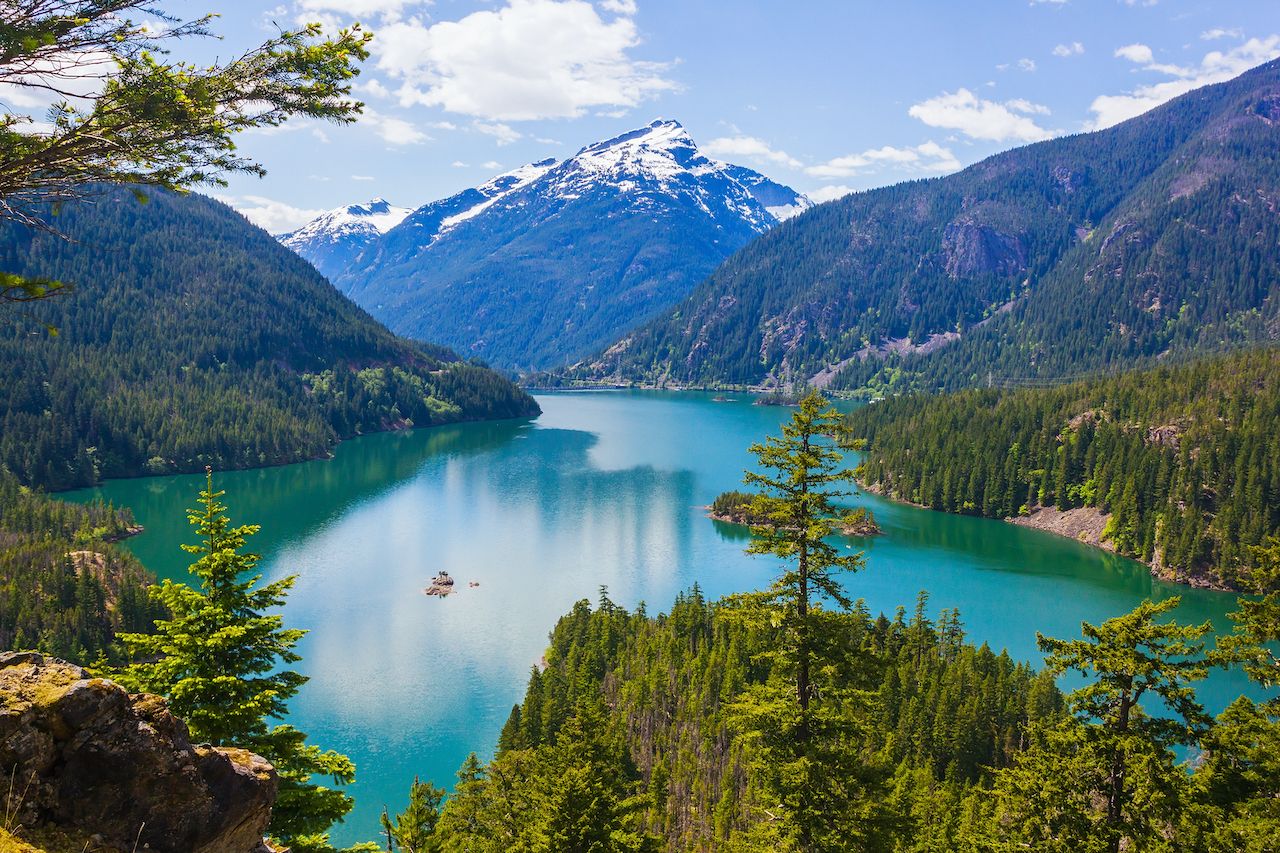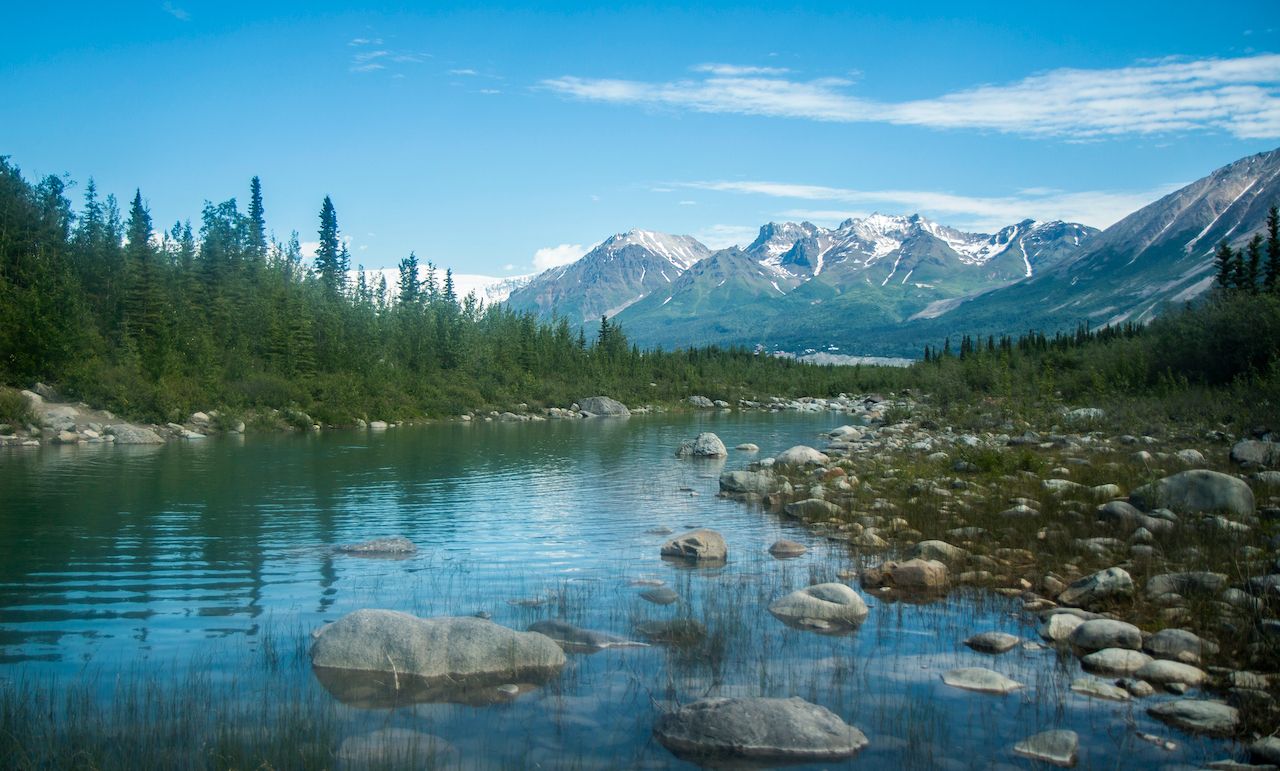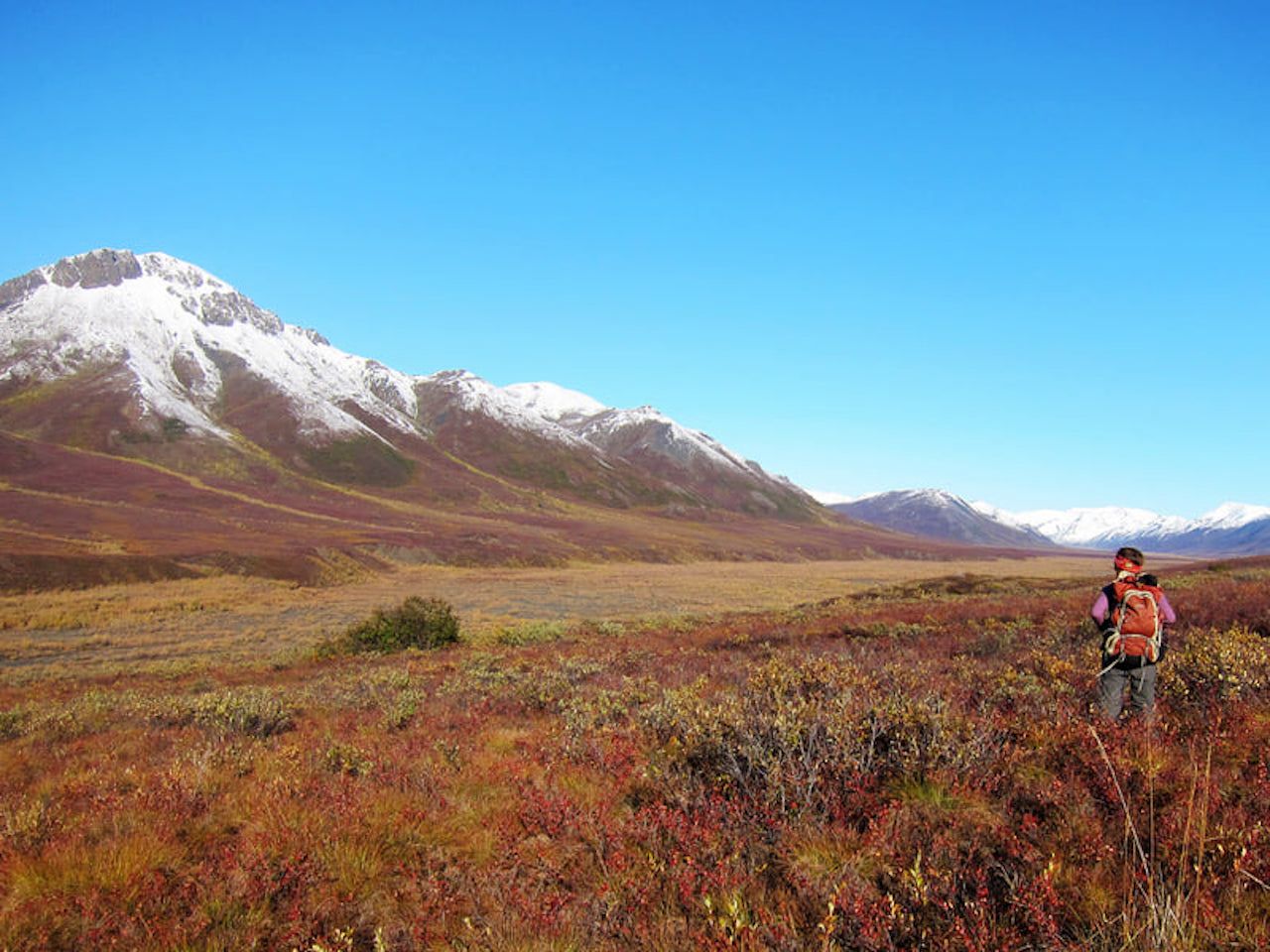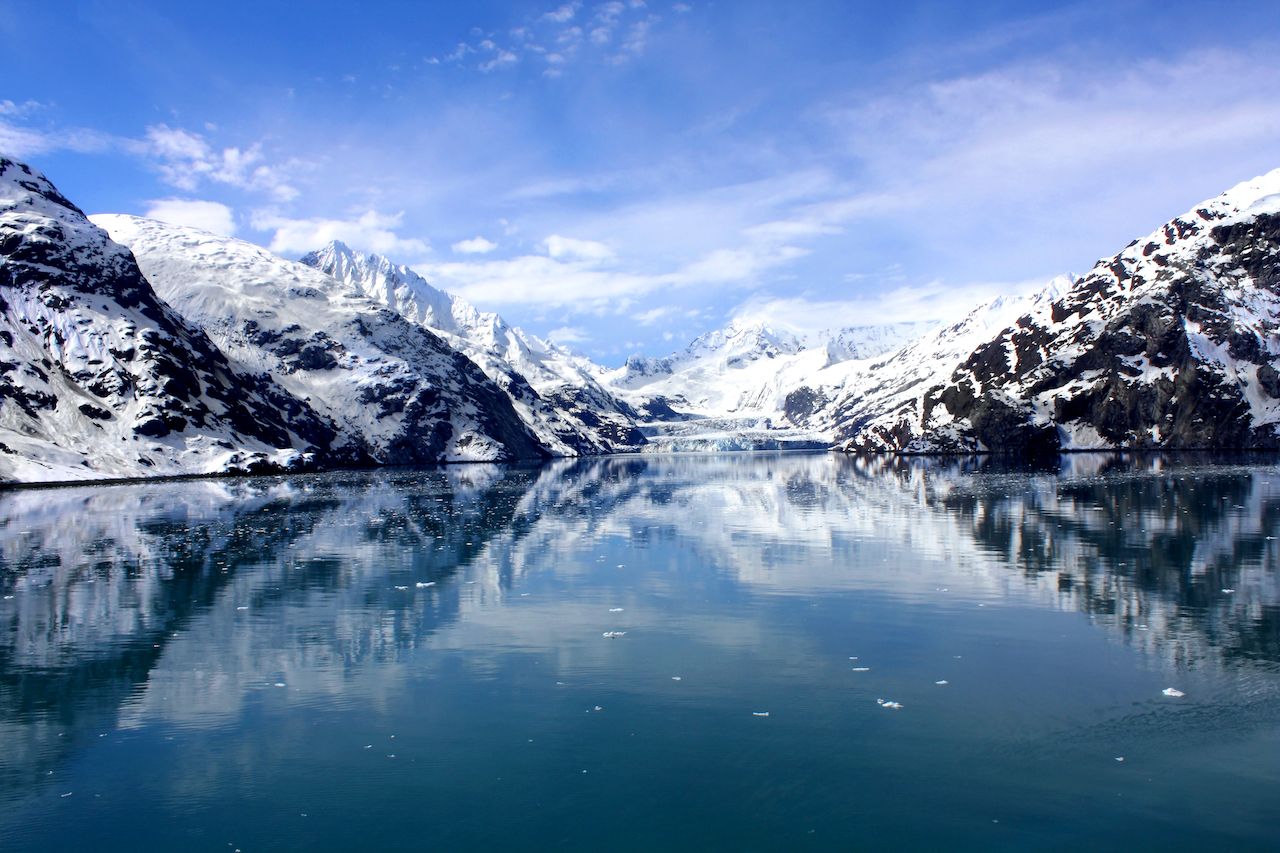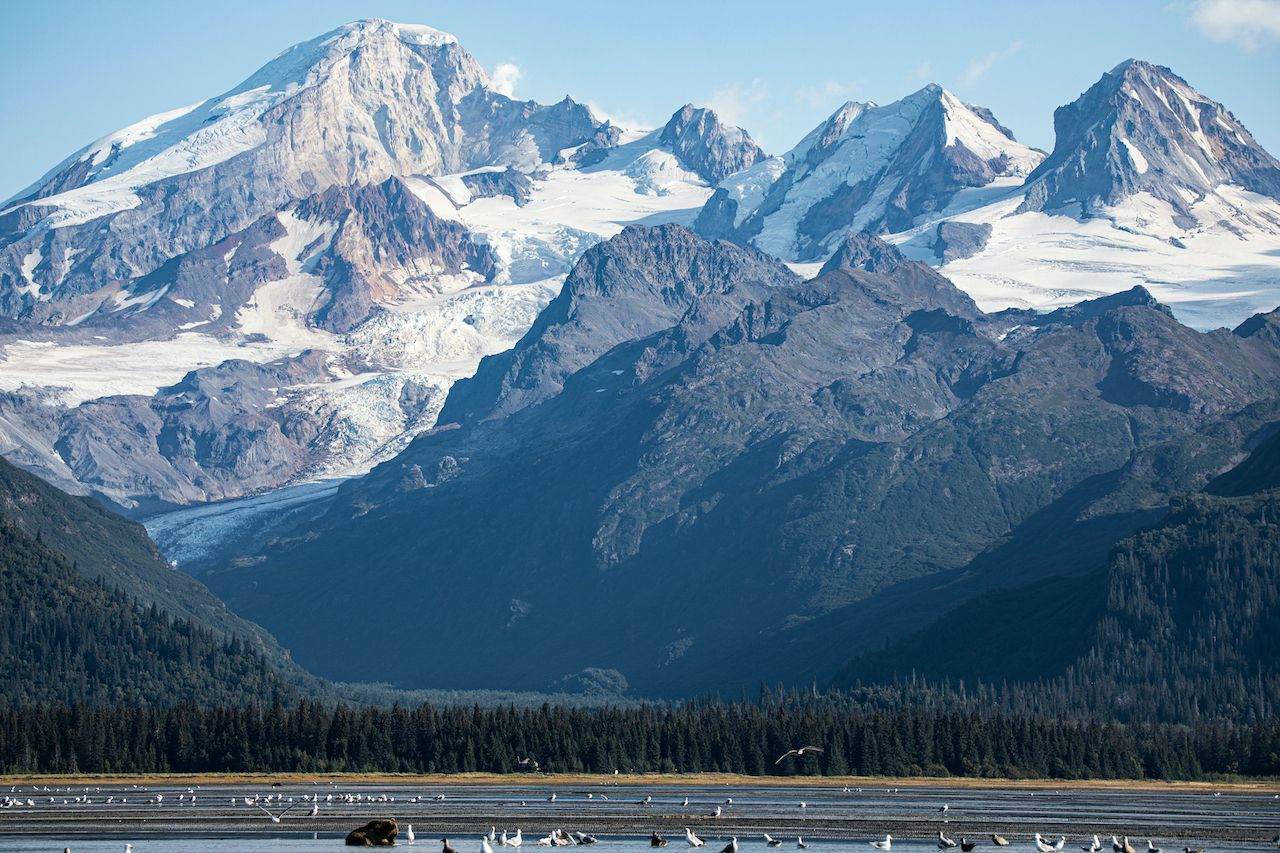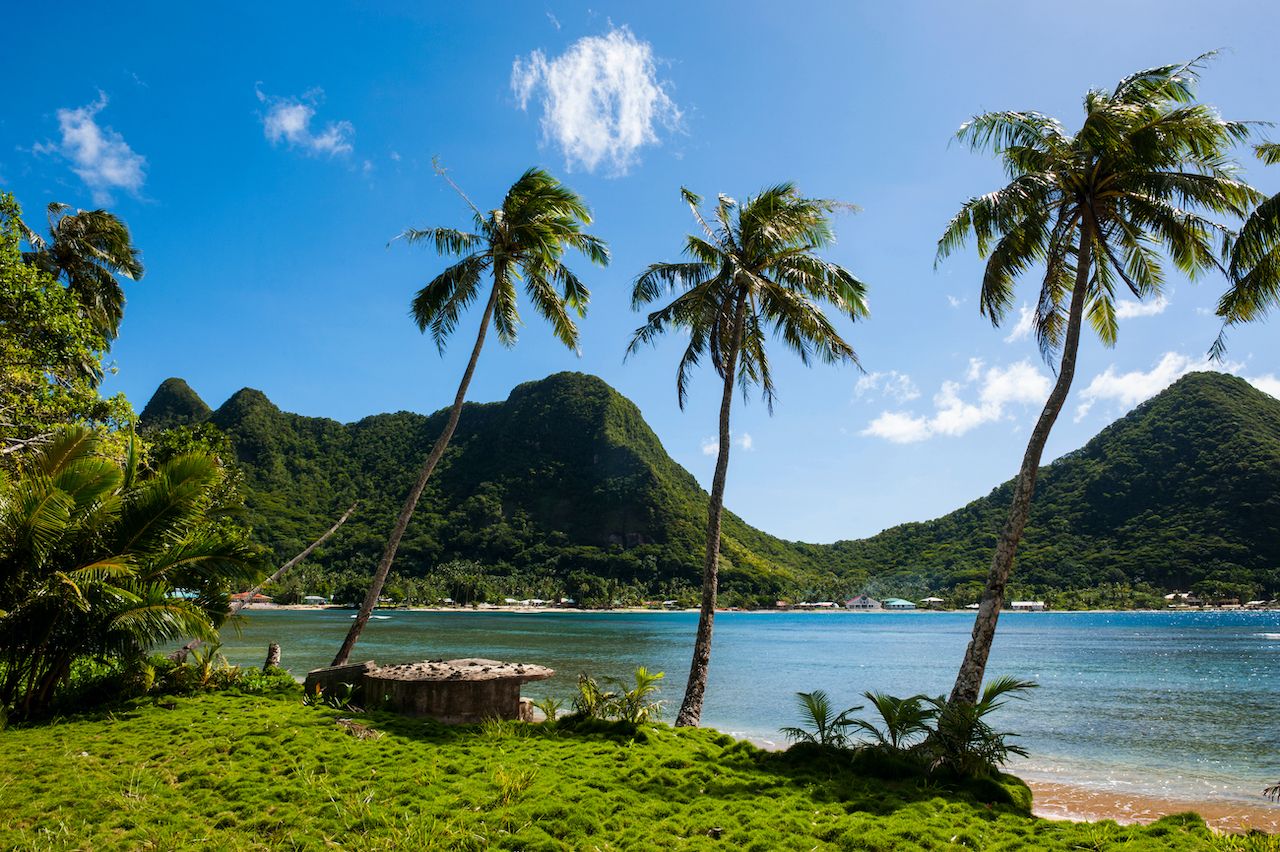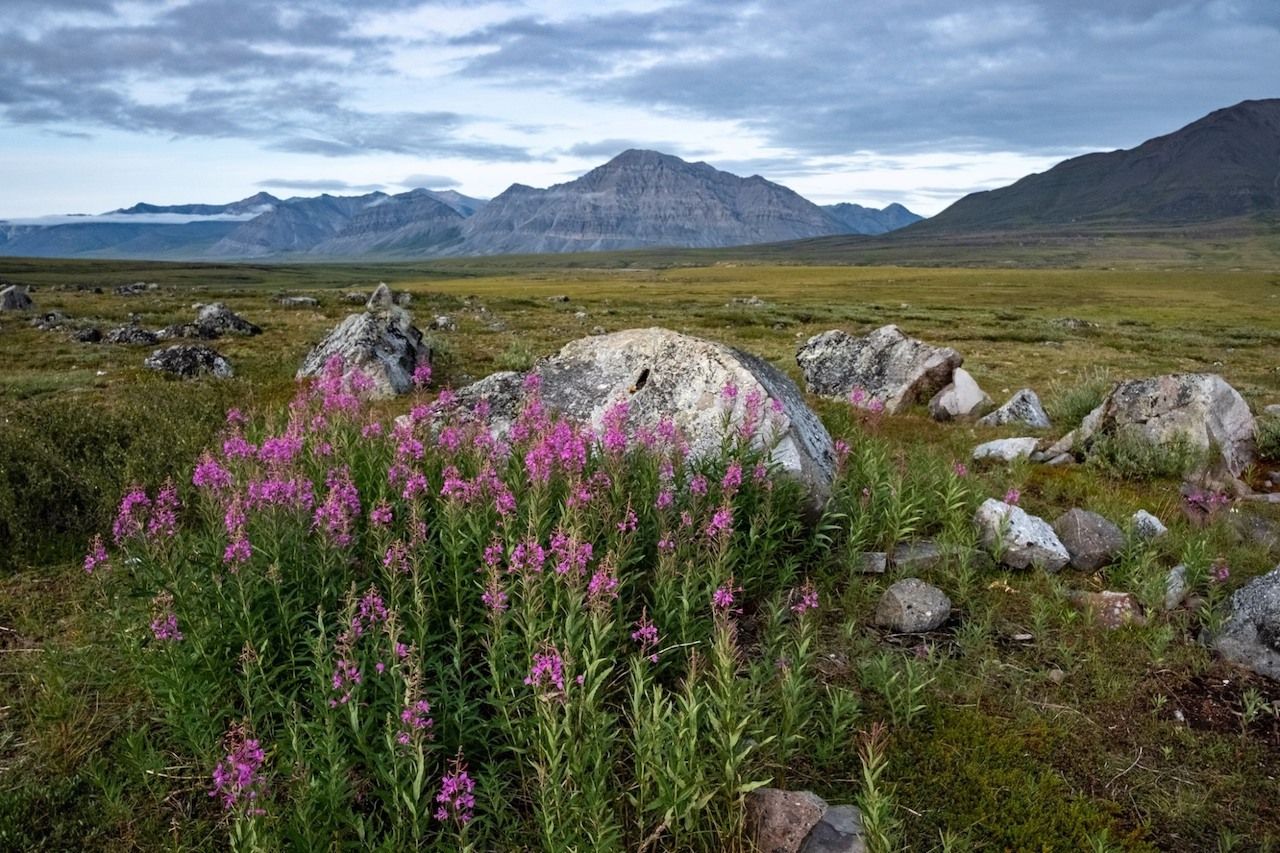The United States got its 63rd national park in early 2021 when New River Gorge got the designation. If you’re jonesing to go check it out, a trip to West Virginia is pretty easy. But of the 62 other national parks, some aren’t quite so straightforward to get to. They may involve jetting in tiny planes to remote parts of Alaska or flying 13 hours over the Pacific Ocean.
That’s not to say America’s least-visited national parks aren’t worth visiting. It’s just to say that to enjoy their sparsely populated grandeur, it might take some work. Here’s a look at the 10 least-visited parks in America, and why they’re worth the trip.
